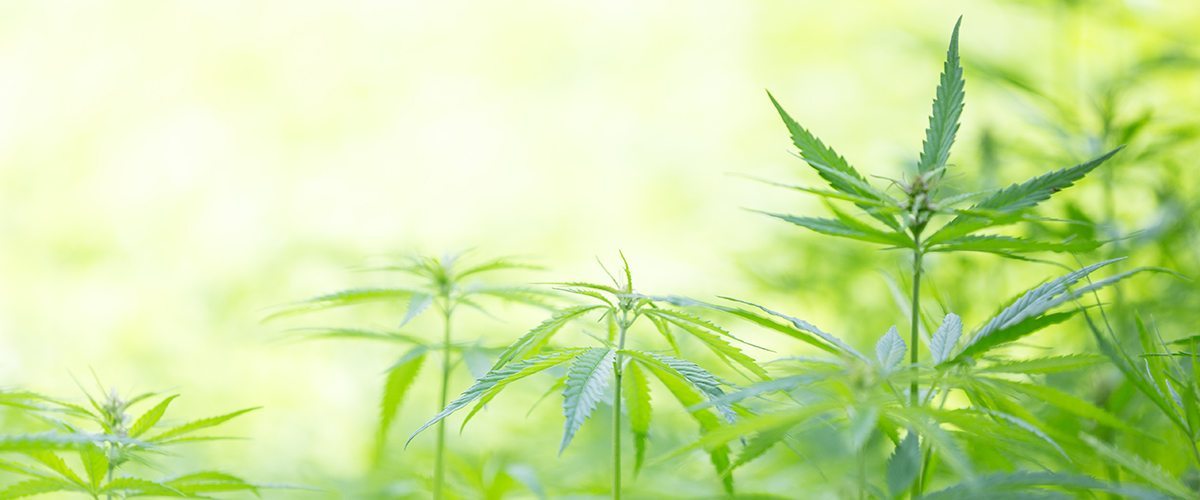Once an agricultural staple in the U.S., hemp has the potential of returning and making a significant mark on the country’s commercial market.
With attitudes regarding marijuana shifting and cannabis laws loosening throughout the country, the cannabis market is experiencing a multi-billion dollar boom. While hemp is also undergoing a slow but imminent expansion across the United States, it’s not surprising that the explosion of the marijuana industry is garnering most of the attention. While the marijuana market is not expected to slow any time soon, there are reasons to argue that hemp, rather than marijuana, has the greater potential for growth.
While marijuana is cultivated for its medicinal and psychoactive properties, hemp is farmed for its industrial uses. Hemp’s uses extend over indefinite markets, as it can be used to produce food, nutritional supplements, fiber, building materials, plastic, paper, cordage, jewelry, and biofuels.
Hemp had been illegal to cultivate in the U.S. since 1970, but legislative changes in 2014 opened up farming opportunities at universities and state department of agriculture. Today, at least 28 states have laws in place related to industrial hemp cultivation. Most allow it for research or pilot study purposes. A few, however, have begun to allow industrial hemp cultivation for commercial ambitions.
“There’s no question in my mind that this could be a multibillion-dollar crop where we could see millions of acres, eventually,” Eric Steenstra, Vote Hemp’s executive director, told NPR last year. “Is that going to happen in a year or two? Of course not.”
It’s true that the expansion of domestic hemp cultivation has been comparatively slower than the booming marijuana market. In just four years time, Colorado, Washington, Oregon, and Alaska have legalized adult use marijuana, and 25 states and Washington D.C. have adopted medical marijuana legislation. A report from ArcView Market Research estimates that legal marijuana sales in 2016 could reach $6.7 billion, a 17 percent jump from the year before. Because of steep rise of the recreational and medical markets, most of the attention is on marijuana.
“There’s no media attention about [hemp],” Courtney Moran, an attorney in Portland who represents hemp farmers, told Newsweek. The legalization of marijuana “is raising awareness, but not really where we want to go with it. Industrial hemp doesn’t get you high, it makes you sensible products. So maybe it’s not as sexy a news piece.”
Hemp was at one point the most important crop in America. It was cultivated and harvested to produce clothing, paper, ropes, canvas, and sacks. Hemp fiber was such a part of early America’s agricultural world that citizens were allowed and encouraged to pay taxes with it. The industry took a hit following the Marihuana Tax Law of 1937 but was shut down following the Controlled Substances Act of 1970. Because of its familial linkage to marijuana, hemp was prohibited from being cultivated. However, it was still legal to import.
Despite being restrained to importations, the hemp market in the United States brought in $573 million in sales in 2015, according to a recent report from the Hemp Industries Association (HIA) and market research firm SPINS. That calculated value aligns with the findings from an early 2015 study by the Congressional Research Service, which estimated the U.S. market for hemp-based products to be around $500 million per year. The study’s author, Renée Johnson, pointed out that the market estimate value is confined to imports.
“Because there is no commercial industrial hemp production in the United States, the U.S. market is largely dependent on imports, both as finished hemp-containing products and as ingredients for use in further processing,” Johnson wrote in the study.
Hemp’s market value could swell significantly if domestic cultivation regulatory barriers were further eliminated. The extent to hemp’s market growth, however, remains unknown.
“Given the absence since the 1950s of any commercial and unrestricted hemp production in the United States, it is not possible to predict the potential market and employment effects of relaxing current restrictions on U.S. hemp production,” the Congressional Research Service study said. “While expanded market opportunities might exist in some states or localities if current restrictions on production are lifted, it is not possible to predict the potential for future retail sales or employment gains in the United States, either nationally or within certain states or regions.”
Domestic hemp farming returned to some areas of the U.S. following President Obama’s signing of the Agricultural Act (Farm Bill) in 2014. The bill excluded hemp in its association with marijuana and universities and state departments were given permission to cultivate hemp for pilot program and research purposes.
“With the U.S. hemp industry estimated at over $500 million in annual retail sales and growing, a change in federal law to allow colleges and universities to grow hemp for research means that we will finally begin to regain the knowledge that unfortunately has been lost over the past 50 years,” said Vote Hemp’s President Eric Steenstra in response to the passing of the Farm Bill.
A year later, a bipartisan group of U.S. Senators introduced the Industrial Hemp Farming Act in 2015, which was eventually passed and allowed American farmers to produce and cultivate industrial hemp for commercial purposes.
Hemp’s market value growth is dependent upon economic demand, but it’s value has the potential to explode in the coming years as cannabis laws continue to loosen and businesses recognize hemp’s industrial value. The vast amount of products that can be derived from hemp is endless, and it’s likely a matter of time before hemp makes its striking return to the American economy.






